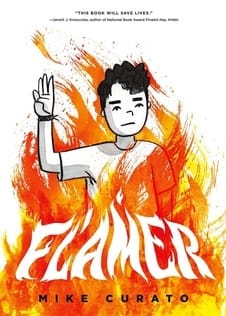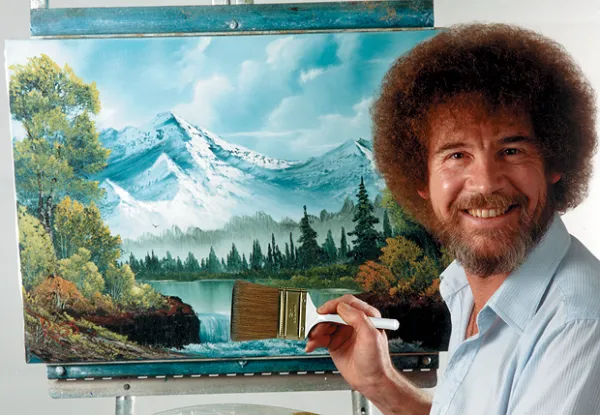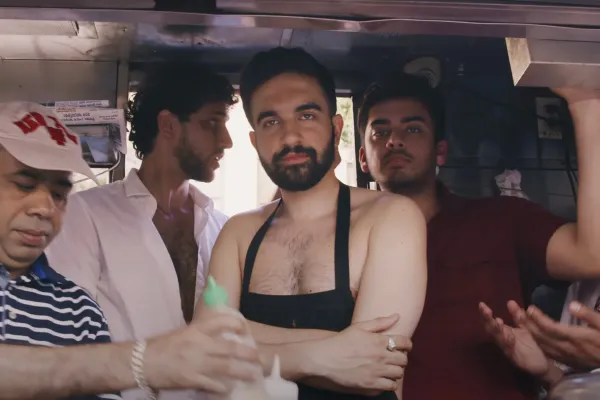What are banned books? The Top 10 Most Challenged Literary Works
Banned Books Week, October 5th to 11th, recently passed, bringing more attention to the slogan 'Buy Banned Books'. Hence the question: what are the most banned books in the U.S. and why does this matter?
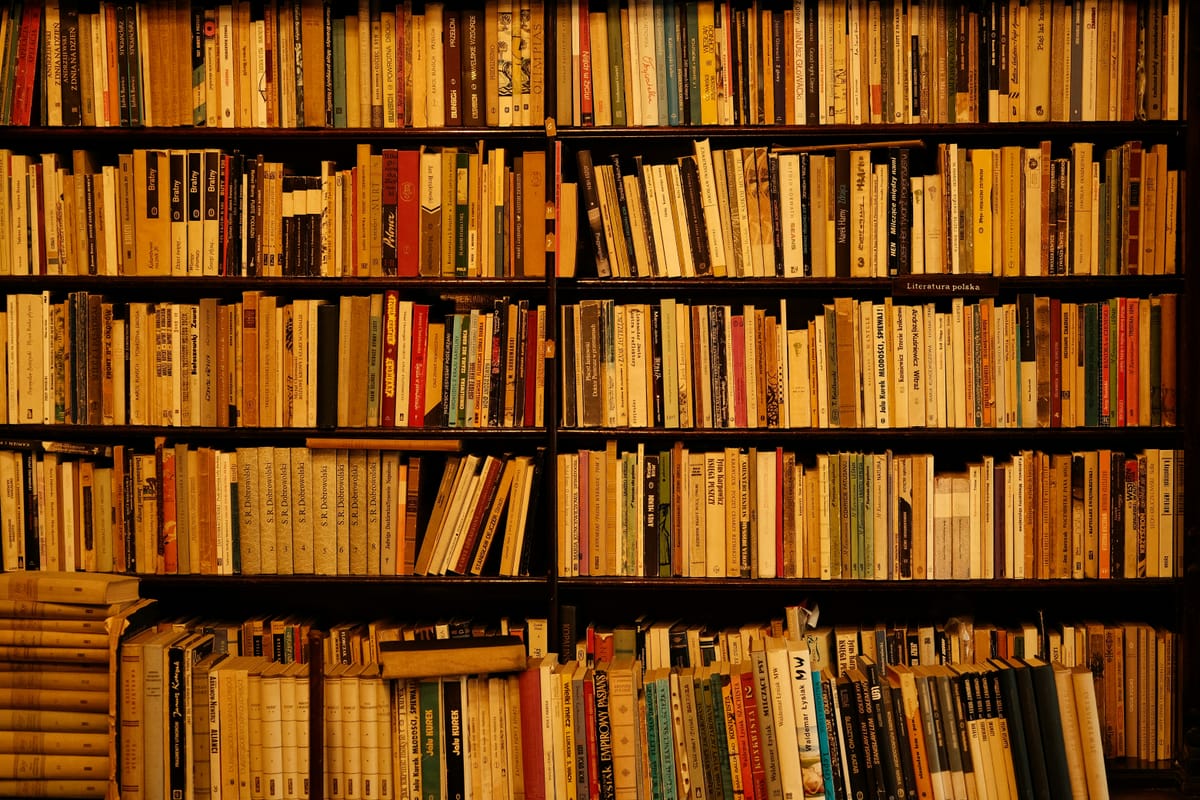
Local bookstores across the nation plaster the phrase “We Sell Banned Books?” on their store fronts. But what does this really mean? Banned Books Week, from October 5th to 11th, recently passed, bringing more attention to the slogan. Hence, the question: What are banned books and why does this matter?
Books are not banned on a federal level. Reading is protected under our First Amendment right, Freedom of Speech, and therefore cannot be restricted by the U.S. Government. It is a right to share our ideas and to read and listen to the ideas of others, uninhibited by the government. When books are referred to as ‘banned,’ that does not necessarily mean that they are inaccessible. Almost all books are readily available online for purchase via retailers such as Amazon, eBay, or Barnes and Noble. Rather, books are being banned within smaller institutions such as schools and libraries.
In order for a book to be banned, it must first be challenged. To challenge a book means to attempt to remove or restrict materials based upon the objections of a person or group. A ban is the complete removal of said book from the institution. Books can be frequently challenged but not necessarily banned.
According to the American Library Association, 72% of book censorship attempts in 2024 were from pressure groups and government entities that included elected officials, board members, and administrators. While 16% of bans originated from parents, and only 12% from librarians and teachers. The most commonly cited reasons for challenging books are ‘sexually explicit’, ‘offensive language’, and materials unsuited for ‘any age group’. Currently, we are also seeing books being challenged on the premises of race, sexuality, and gender identity.
Nearly every book on the top-most challenged books of 2024 included sexually explicit content as one of their reasons. Trying to hide sex from teenagers simply misinforms them about it. If they are not taught about it, nor are they allowed to read about it, then where are they getting their information and impressions from? Similarly, books are challenged because of drug use, profanity, and sexual assault. Trying to hide stories discussing these themes does not make drug use and profanity, and sexual assault go away in the real world; it just leaves people with a larger lack of understanding. These stories are valuable life lessons delivered in a safe manner. They allow teenagers and kids to learn without having to experience it firsthand. It can allow them to develop emotional intelligence as they learn from the characters within these stories. It is a disservice to the youth across the nation to attempt to withhold these narratives from them.
The primary issue with banning books is blatant censorship. While banned books primarily affect a younger population, they are at a time of self-discovery and exploration, and arguably need these stories the most. Titles such as The Perks of Being a Wallflower (Stephen Chbosky), All Boys Aren’t Blue (George M. Johnson), Looking for Alaska (John Green), or Catcher in the Rye (J.D. Salinger) can help teenagers find a sense of self when their identity feels awry. Fantasy books like Harry Potter (J.K. Rowling), James and the Giant Peach, or The Witches (Roald Dahl), or Goosebumps (R.L. Stein) help foster children's imagination. Similarly, books focusing on marginalized groups within the United States are challenged frequently. The education of all people’s history is critical with titles such as The Bluest Eye (Toni Morrison), The Absolutely True Diary of a Part-Time Indian (Sherman Alexie), and How to Kill a Mockingbird (Harper Lee). The suppression of these titles also means the suppression of various cultural and historical narratives. Or books criticizing the government we live in and promoting critical thinking, like 1984 and Animal Farm (George Orwell), Brave New World (Aldous Huxley), The Handmaid’s Tale (Margaret Atwood), or, quite ironically, Fahrenheit 451(Ray Bradbury), are frequently challenged as well.
All of these titles not only deserve to be on the shelves of every school but are arguably some of the most important titles to be on shelves. While the decision to challenge a book may come from a place of someone’s personal belief, their actions have widespread effects on kids across the country. The attempt to erase and hide these stories will not protect their children’s innocence. Rather, they will go into the world falsely armed to handle the challenges of adolescence.
Banning books is a blatant violation of the First Amendment and promotes censorship within the United States. For all of those trying to ban books, we must fight to uplift these same titles. Banning books promotes the restriction of intellectual freedom, diversity of thought, personal freedom, and access to important historical and cultural narratives. Simply put, buy banned books— preferably from your local bookstore.
For more information on banned books, visit the American Library Association (ALA) or click here to view the list of most frequently challenged books in the United States.
Top 10 Most Challenged Books of 2024 (From American Library Association)
- All Boys Aren’t Blue by George M. Johnson
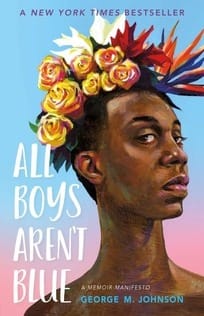
- Gender Queer: A Memoir by Maia Kobabe
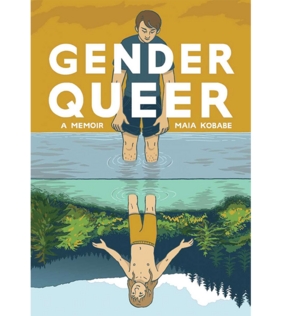
- The Bluest Eye by Toni Morrison
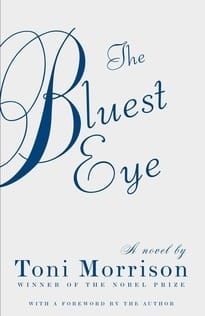
4. The Perks of Being a Wallflower by Stephen Chbosky
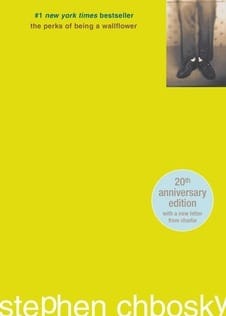
5. Tricks by Ellen Hopkins
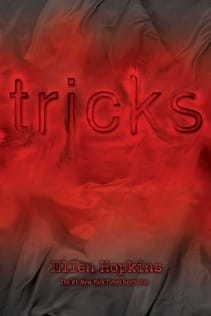
6. Looking for Alaska by John Green
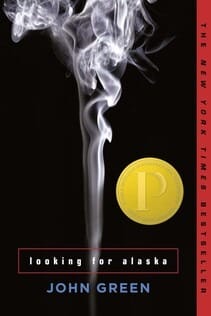
7. Me and Earl and the Dying Girl by Jesse Andrews
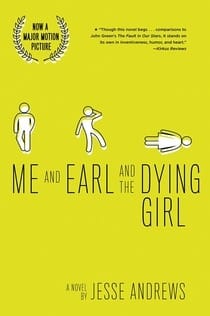
8. Crank by Ellen Hopkins
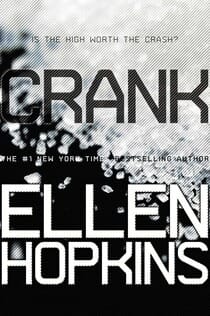
- Sold by Patricia McCormick
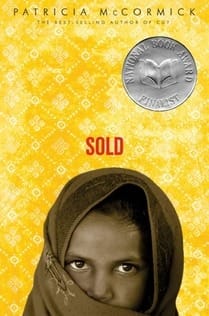
10. Flamer by Mike Curato
